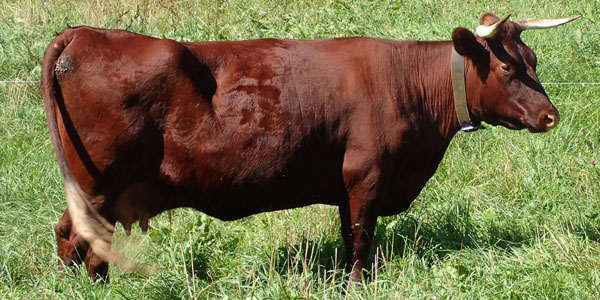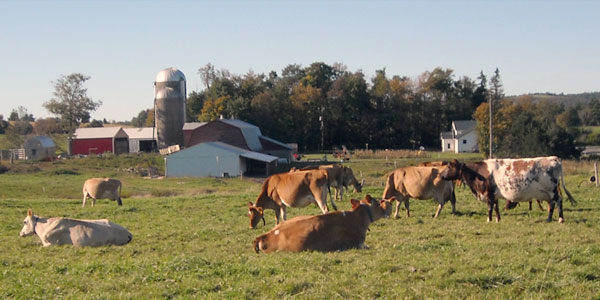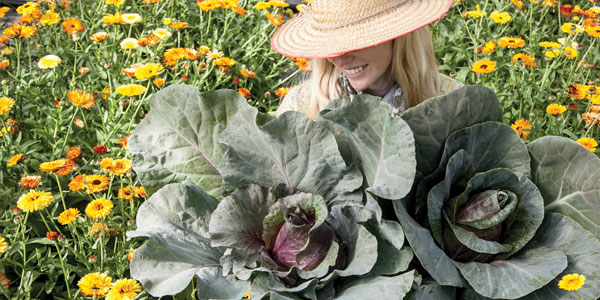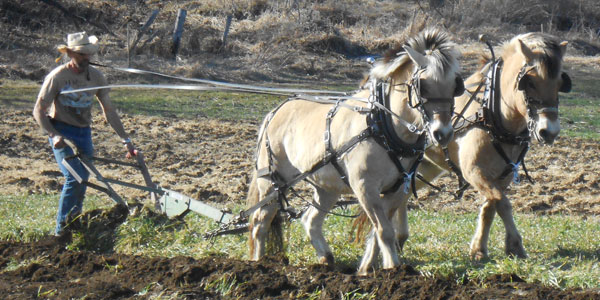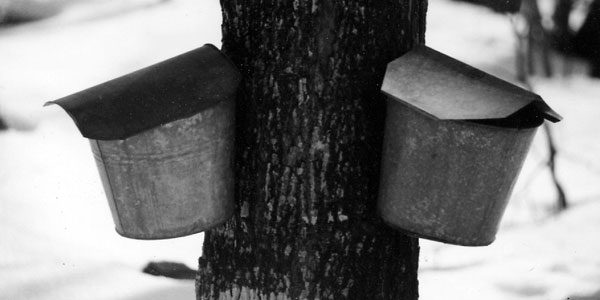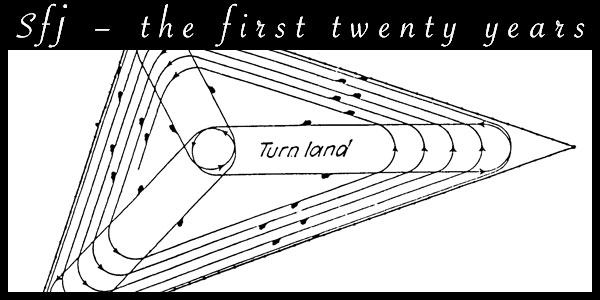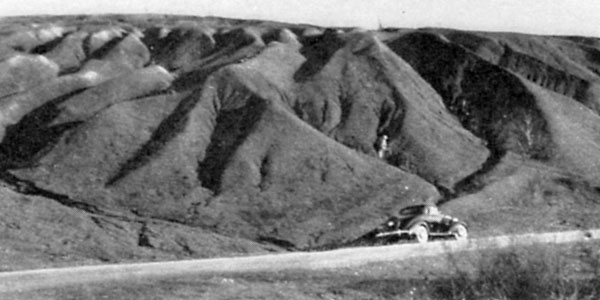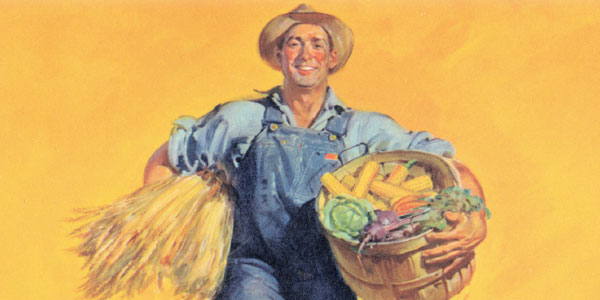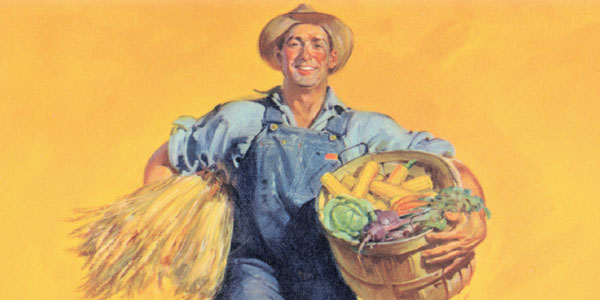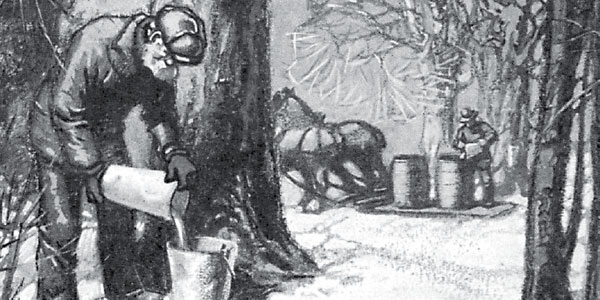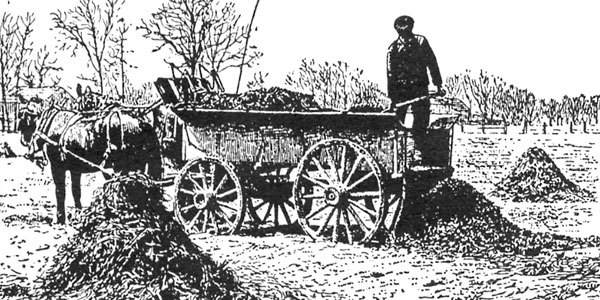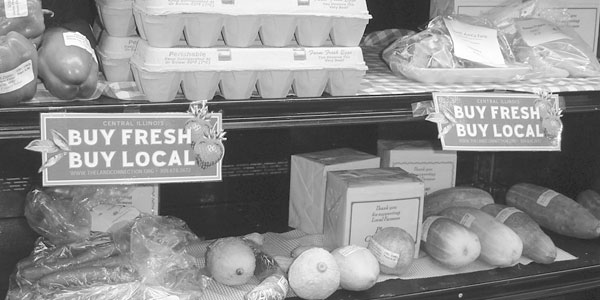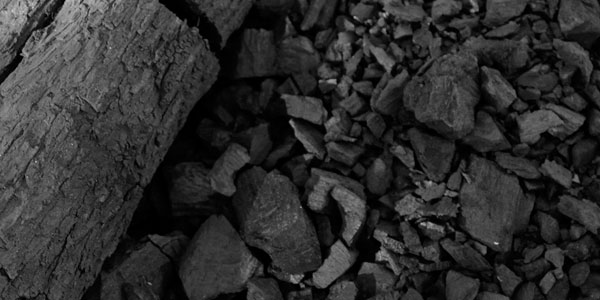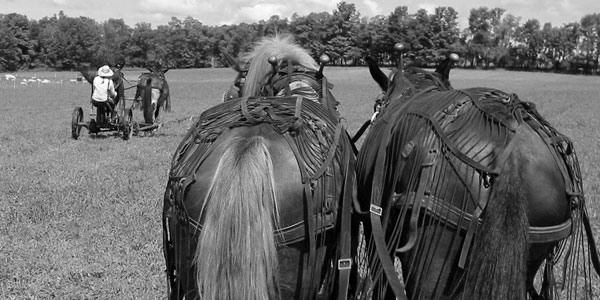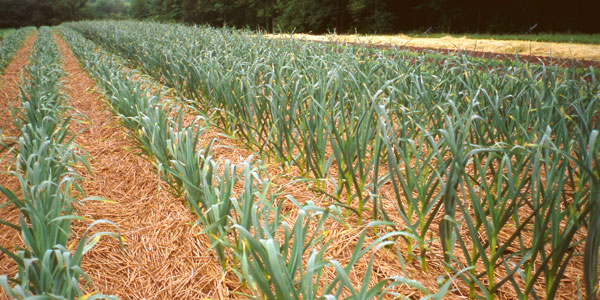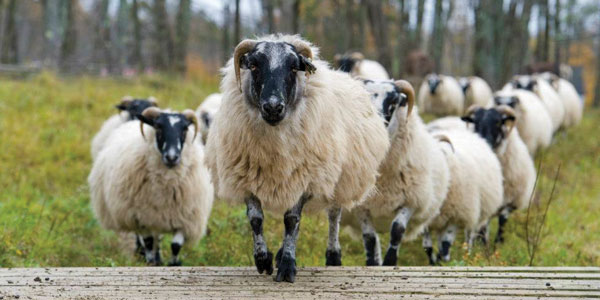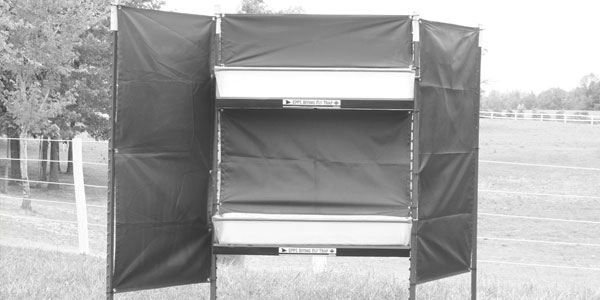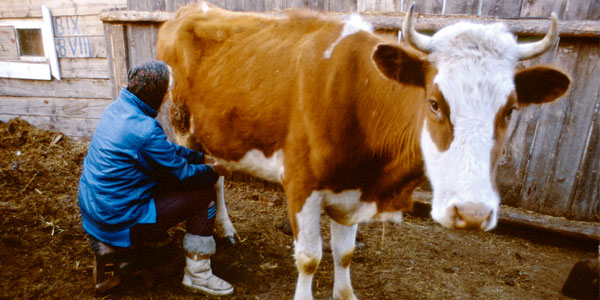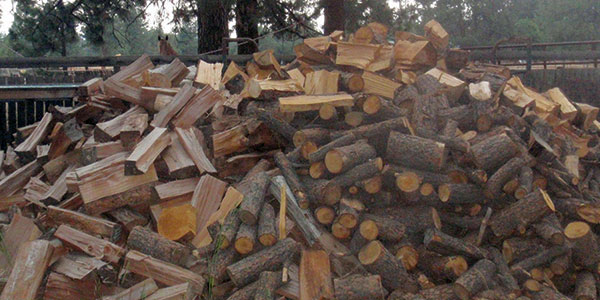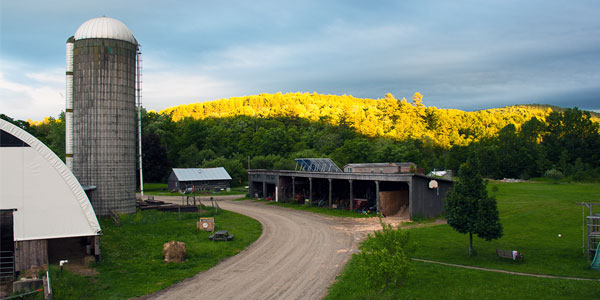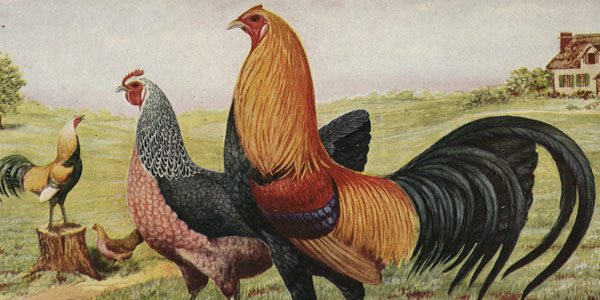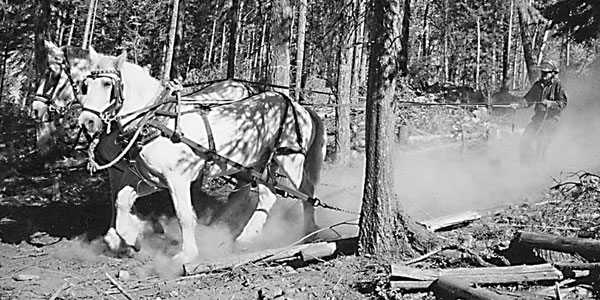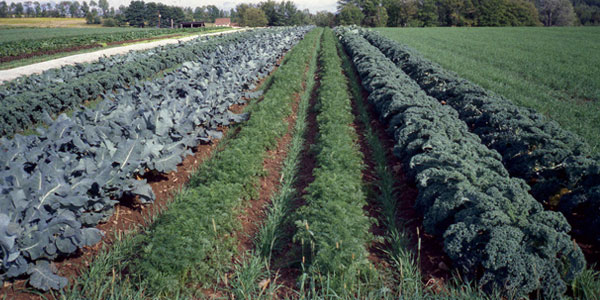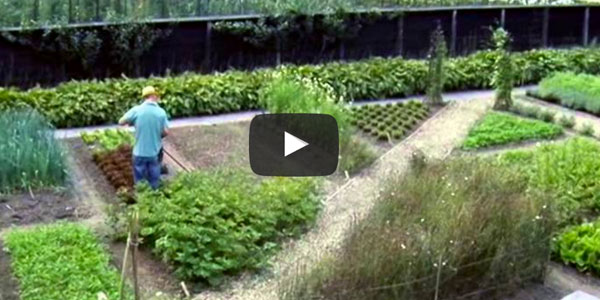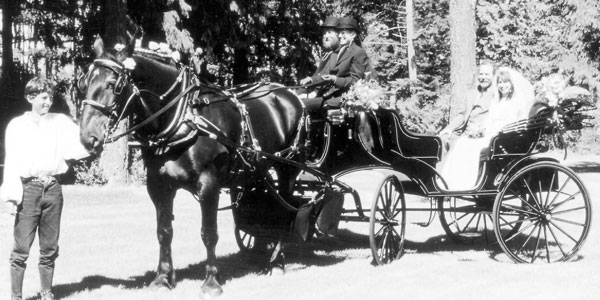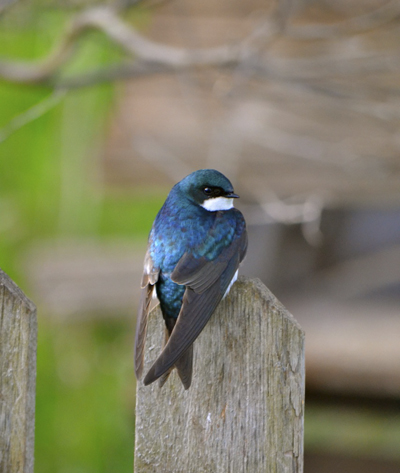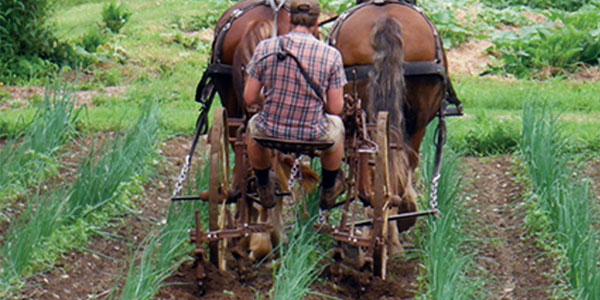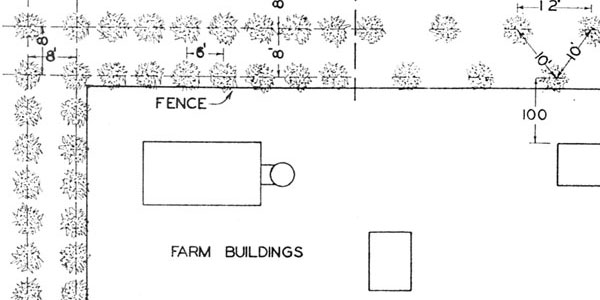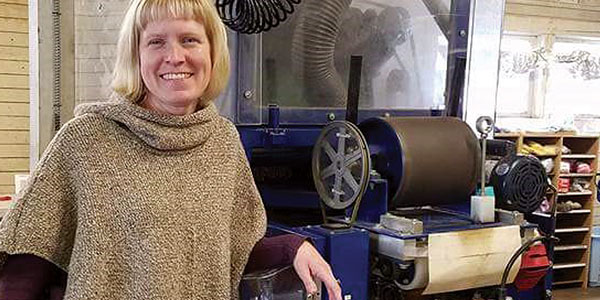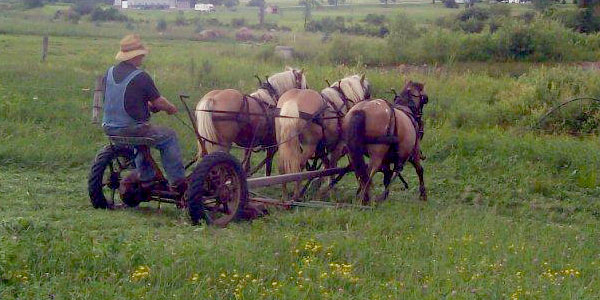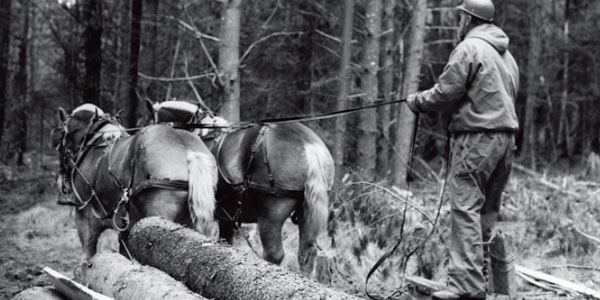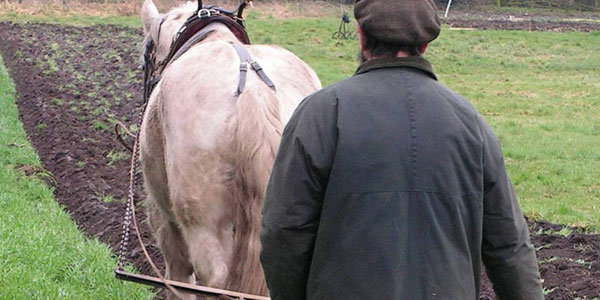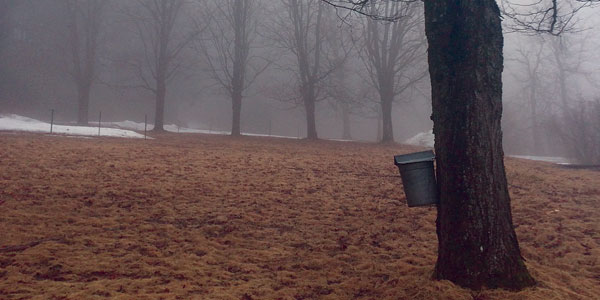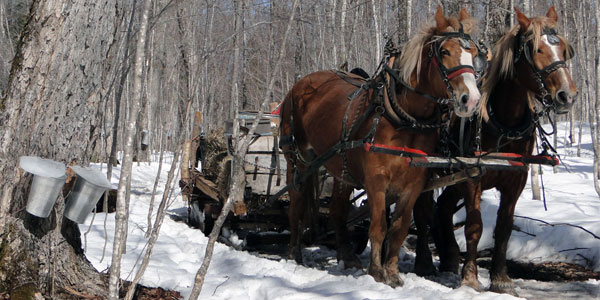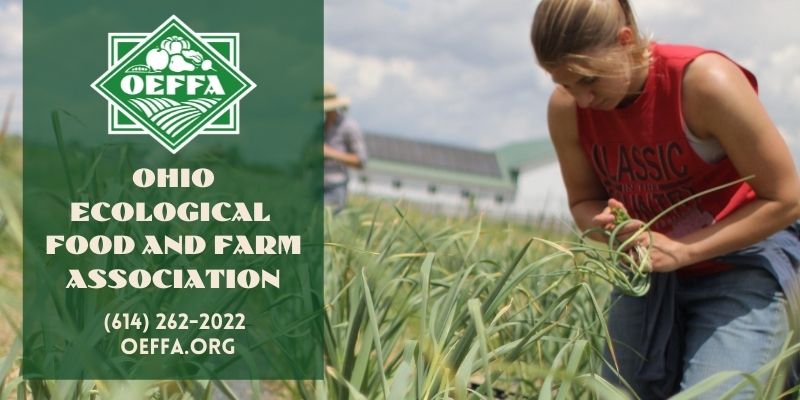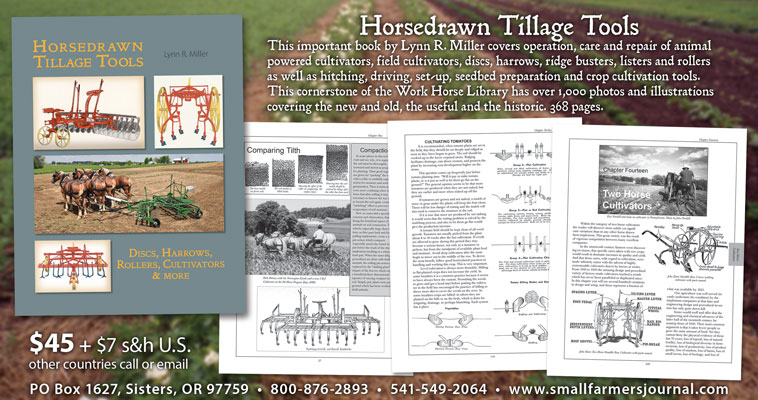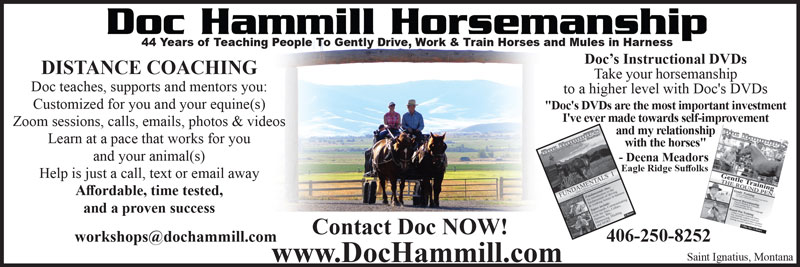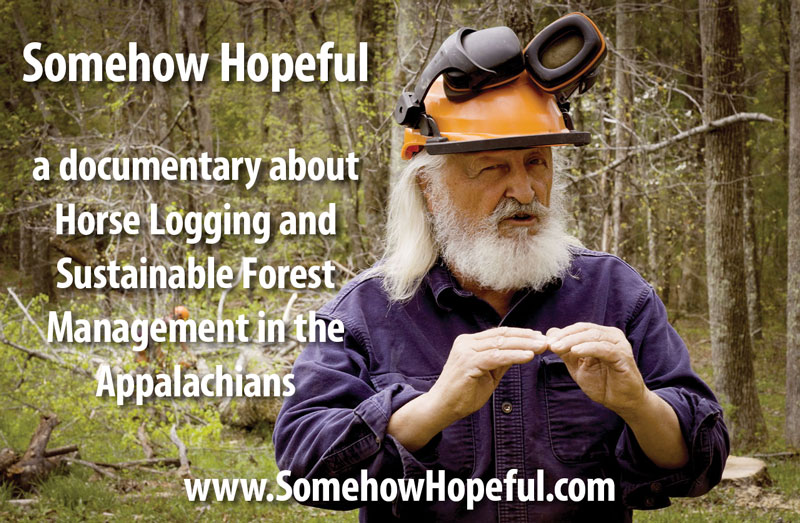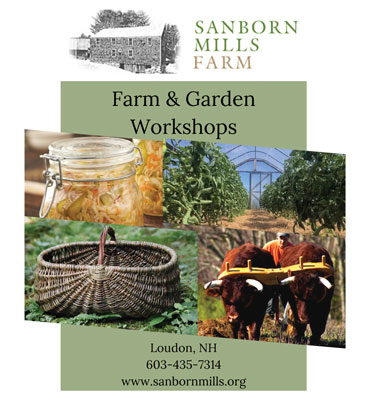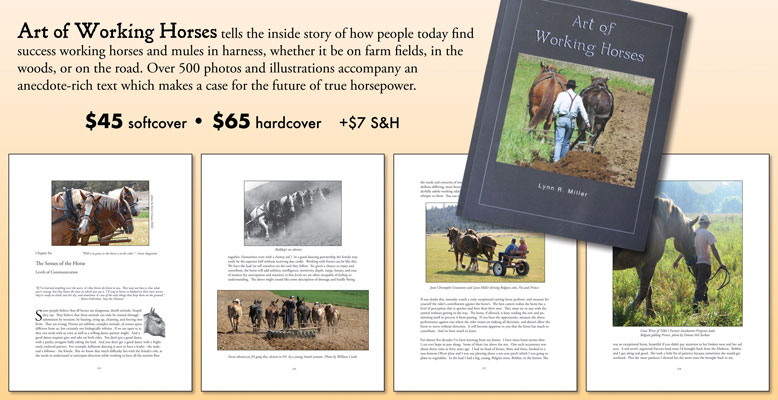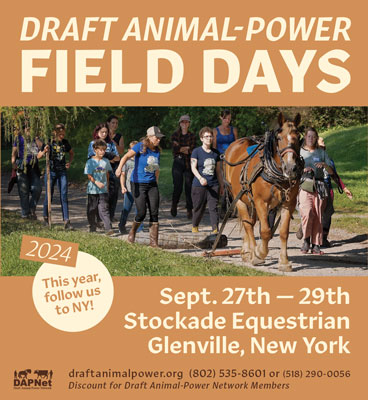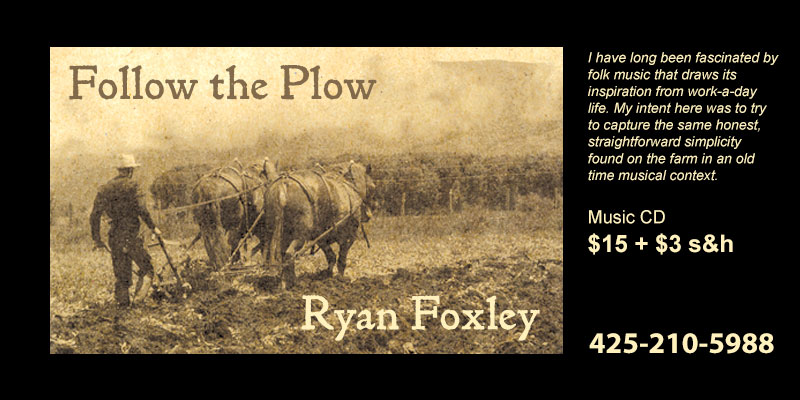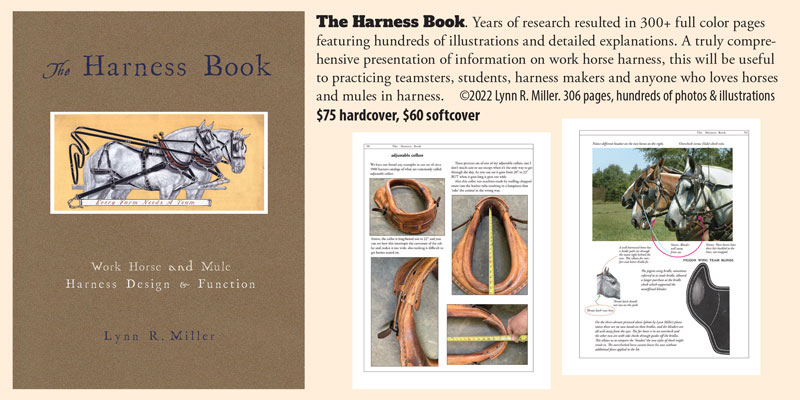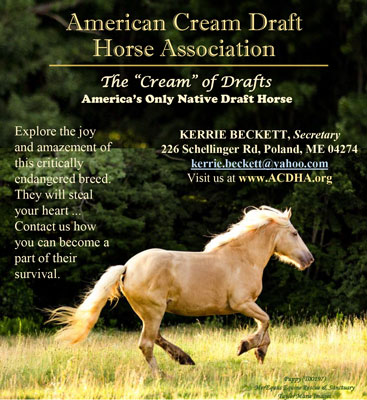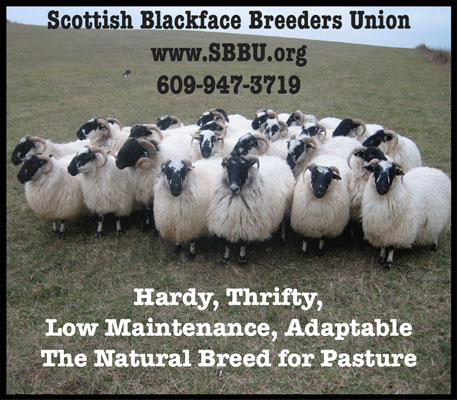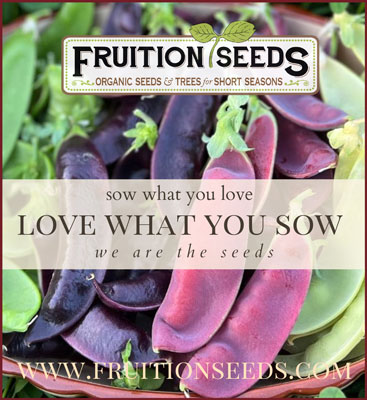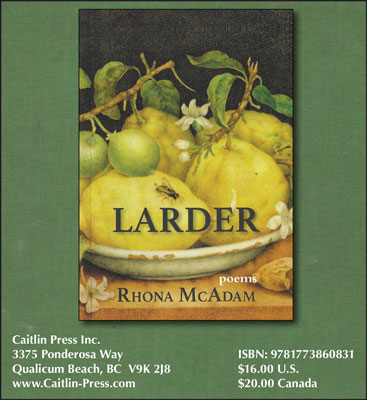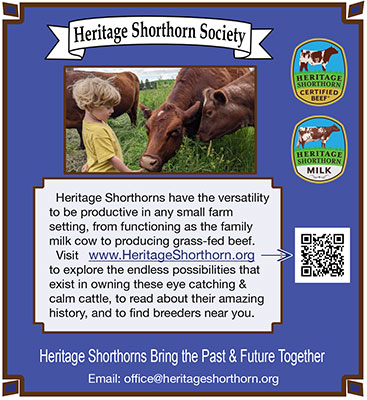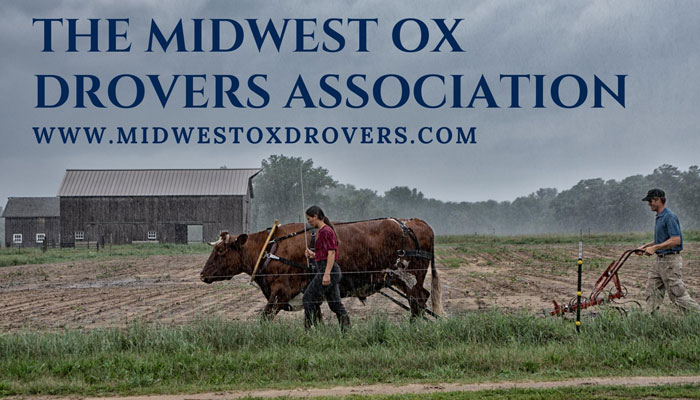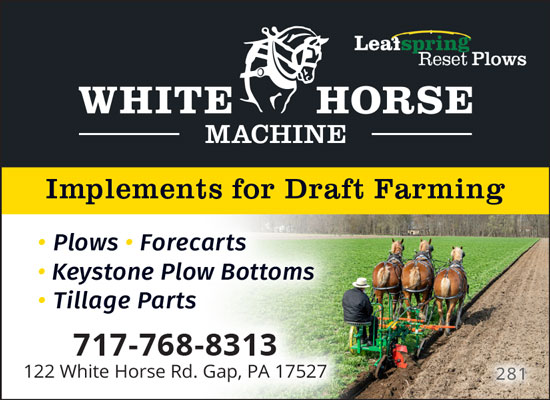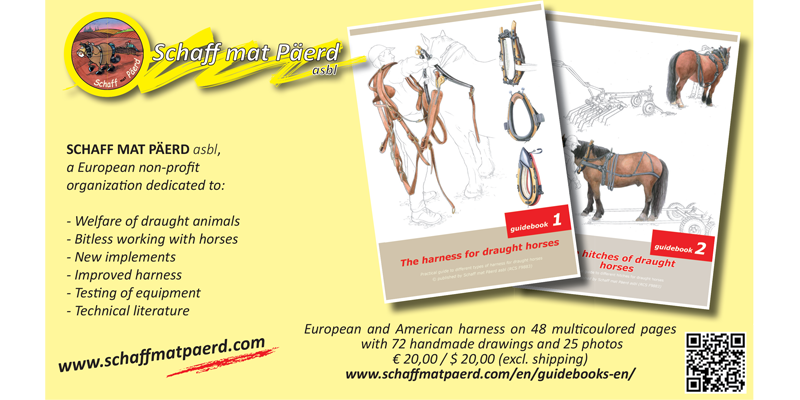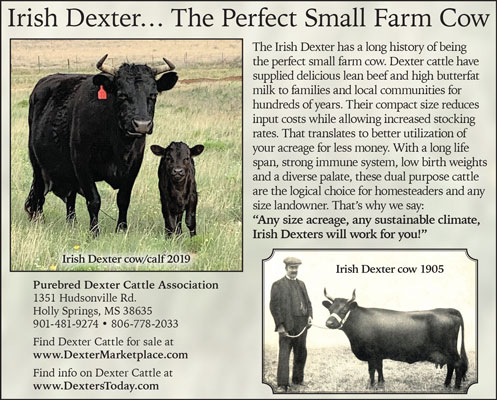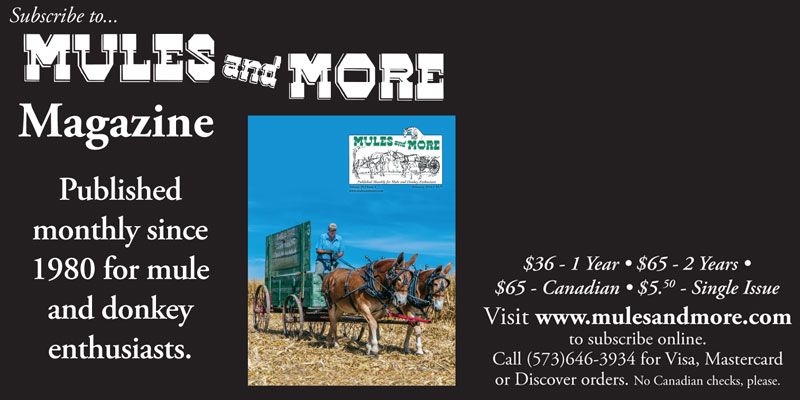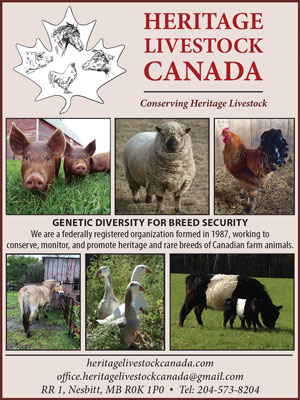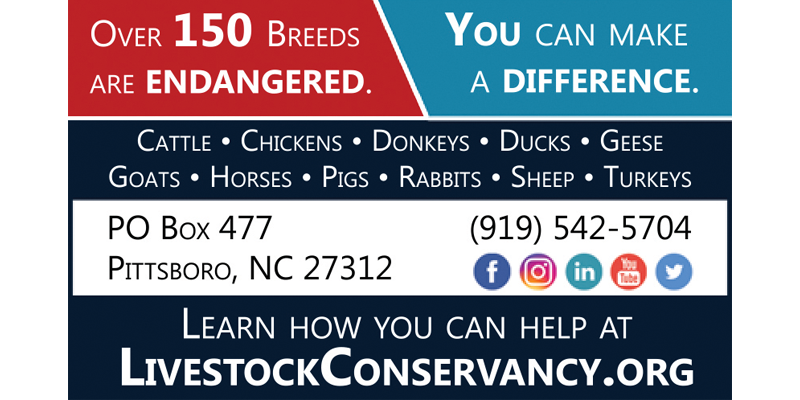MONDAY
April 15, 2024
Ground Driven PTOs
One of the ways tractors both gained and maintained their appeal is from the wider range of machinery they can power with the PTOs they carry. This definitely gave them the advantage over draft power. But is it going to stay that way? It may not have to be on a small farm. During the horsepower road trip Khoke and I went on a couple years ago, we got to see some examples from folks who knew which side of the fence they were on. We saw a number of machines that were reworked and reinvented to make them run off the power source of their choice, namely horsepower.
TUESDAY
April 16, 2024
Headlight Grape
One of the things long desired by Southern fruit growers is a good table grape, sufficiently resistant to leaf and fruit diseases to endure the climatic conditions of their section. Many varieties have been brought forward from time to time; but of the older sorts especially adapted to table use not one, either foreign or native, has yet proved successful over any large area. One of the most promising recent introductions in this field is the Headlight, which was originated by Prof. T.V. Munson, of Denison, TX, in 1895.
WEDNESDAY
April 17, 2024
John Deere Model HH Spreader
Check the adjustments on your spreader and make sure they are in proper operating condition. Hitch your team to the empty spreader to limber it up and see that it is working properly before loading. If you will turn the beaters over by hand before starting to the field, the spreader will start easier and will prevent throwing out a large bunch of manure when starting.
THURSDAY
April 18, 2024
Lost Apples
The mindboggling agricultural plant and animal diversity, at the beginning of the twentieth century, should have been a treasure trove which mankind worked tirelessy to maintain. Such has not been the case. Alas, much has been lost, perhaps forever. Here are images and information on a handful of apple varieties from a valuable hundred year old text in our library.
FRIDAY
April 19, 2024
American Milking Devons and the Flack Family Farm
On a sunny early September day I met Doug Flack at his biodynamic and organic farm, just South of Enosburg Falls. Doug is an American Milking Devon breeder with some of the best uddered and well behaved animals I have seen in the breed. The animals are beautifully integrated into his small and diversified farm. His system of management seems to bring out the best in the animals and his enthusiasm for Devon cattle is contagious.
Are you getting the SFJ Home & Shop Companion?
The Home & Shop Companion is a free weekly email newsletter. It features stories, handy hints, recipes, news, offers, projects, distractions and other stuff we think you’ll find interesting. The entire series is archived here on the website and is free to all to browse: Home & Shop Companion Archive.
SIGN ME UP FOR THE HOME & SHOP COMPANION!
Explore Small Farmer's Journal: Farming Systems & Approaches
LittleField Notes: Farm Log
My starting every column with a discussion of the weather set me to thinking about that old clichéd idea of talking about the weather; how it is all old men talk about downtown at the local coffee shop; how they sit for hours telling endless lies about how the snow was deeper, the nights colder and the hills steeper when they were young. However, clichés have basis in truth, and it is true that weather is a wonderful conversation opener.
New York Organic Grazing Dairy
Our farm, here in the center of New York State, consists of 101 acres, about 90 in grass, the rest some woods and swamp. It is inhabited by forty-six jersey cows, twelve breeding ace heifers, one bull, and because it is calving season — an increasing number of calves. Also, four Belgian mares and a couple of buggy horses. Last, and possibly least — the farmer, farmer’s wife, and five grown children.
Planning a Subsistence Homestead
Growing food for family-living purposes in connection with enough outside work to provide the family with the cash for the necessary farm and family expenses is a combination that many families now want to develop. Recent hard times and still more recent Governmental policies have renewed and intensified interest in this possible combination. This kind of farming has often been called subsistence farming and a farm of this kind a subsistence homestead.
Cabbage Re-Imagined:
Plant breeding is, as Irwin Goldman observes, the slowest of the performing arts and this is particularly true for biennials like cabbage, who have evolved to set seed in their second growing season. In the autumn of 2016, as we embarked on crossing a purple cone-headed cabbage with a green one, we dug the roots and be-headed the stalks of about 100 cabbages. After overwintering in our root cellar, we re-planted each stalk in spring and if you’ve never seen cabbage go to seed, it’s quite astonishing. Each darling cabbage down at your feet sprouts a dozen or so spires rising five feet or higher, bursting into hundreds of blooms, canary yellow and cabbage-y sweet. Pollinators flock to the ruckus with long, green pods emerging from each pollinated flower. The sea of green pods turn to gold as the seed matures and we harvest them just as the first pods begin to shatter.
Fjordworks: Plowing the Market Garden Part 3
from issue: 38-3
In this series of articles we are taking a look at how contemporary horse-powered farmers are making use of the moldboard plow, with an emphasis on the use of the moldboard as primary tillage in the market garden. In this installment we will hear “Reports from the Field” from two small farmers who favor the walking plow and a report from one farmer who farms tens of acres of forage crops and is decidedly in favor of the sulky. But first, we’ll dig into the SFJ archives to get a little perspective on the evolution of the manufacture of the walking plow from the late 19th century to the present.
Sugarin’ Time
It’s the sweet smell of Spring that drew me to the Hedmark Farm in Fence, Wisconsin. An immense cloud of steam billows from the sugar shack. It’s sugarin’ time! Here Milan and Vita Hedmark, along with their whole family (three generations), work to drill holes for 1,100 taps. They tapped a week before the sap ran this year. Sugarin’ requires a combination of freezing nights and warm days to start the sap flowing.
Laying Out Fields For Plowing
Before starting to plow a field much time can be saved if the field is first staked out in uniform width lands. Methods that leave dead furrows running down the slope should be avoided, as water may collect in them and cause serious erosion. The method of starting at the sides and plowing around and around to finish in the center of the field will, if practiced year after year, create low areas at the dead furrows.
Erosion Controls part 1
It is a common conception that gully control means building check dams, planting trees, plugging gullies with brush, or directly applying to a gully some other individual control measure. This way of thinking focuses attention on devices that stop gullies rather than on ways of farming that prevent gully erosion. A broad, coordinated attack is in general necessary to keep gully erosion under control. A farmer who wishes to keep his fields free from gullies must give first consideration to proper land use and conservation farming on areas that contribute run-off to the gullies.
Diatomaceous Earth
At one time, I though diatomaceous earth was an end-all, be-all. But now I realize it’s just another ingredient, or component, of a healthy diet. There are thousands of natural things out there that have benefits for animals. For years I tracked the wild horses here in Owyhee County, to see what they were eating – to try to figure out why they would go from one place to the next. Then I would take samples of the soil and the plants there. If they need selenium, for instance, they tend to seek it out; they’ll go 25 miles to get it. They’ll eat around that area and graze awhile, and maybe eat a little of the dirt, then leave. The same is true when they need manganese.
Small Farm, USA: Cayuse Vineyards
How did the grape find itself here on the outskirts of Milton? If you ask one man, Christophe Baron, the answer is simple. “It’s the cobblestone. (The ground) reminds me of home”. For Christophe, home refers to France and the stone littered earth from which many famous French wines grow. Hailing from a family of vigneron champenois, Mr. Baron came upon this corner of the state by chance, saw its signature geology, and decided to establish his domaine right here in northeast Oregon.
A Brief History of the Cattle Industry
It all started with an experiment at our kitchen table six years ago. We had read that 100% grass fed beef was better for our health than grain-finished beef, that there were “good” fats and “bad” fats, and that the ratios of these fats to each other was also important. The old saying: “You are what you eat” should apply to cattle as well as us, right? So, we tried a simple experiment that would end up changing our lives forever.
Be Careful Being Careful
While I can appreciate the fact that as communities we are lacking the slaughtering and processing facilities that we need to have functional local food systems, I also have reservations about systems such as mobile slaughterhouses. For some, these units will allow new opportunities, but for others, those of us hard-scrabble, back-woods practitioners, it also represents the USDA finding another way to edit our food production stories.
Rabbits in the Northern Orchard and Forest
Winter is the time when rabbits become a problem. Trees are a favorite food when other sources are hidden beneath the snow. Rabbits will eat twigs and small branches in their entirety. They will girdle larger stock, up to about an inch and a half in diameter, to obtain the nutritious inner bark, but this is fatal to the rest of the branch or tree. And they walk on top of the snow, which reaches depths of over four feet here, giving them access to much of the young forest as food.
The Production of Maple Sirup & Sugar in New York State
Maple sirup and sugar are produced during a period of from four to six weeks in the early spring and interfere but little with the other farm crops. The sugar season usually forms a welcome break between the comparative idleness of winter and the early spring plowing. It comes at a time when little else can be done. But after considering the long hours of tending the evaporator and the work of gathering the sap, many a man has asked himself if the results are worth the effort. Most of the producers of maple sirup and sugar tap less than 500 trees. Considered from the point of view of the bookkeeper who figures overhead, depreciation, labor costs, and interest, very few of these small groves can show a profit. But is there anything that can be done to better advantage at that season of the year? Faced with such a question, nearly every farmer who owns a maple grove will decide that sugar and sirup making is worth while.
Barnyard Manure
The amount of manure produced must be considered in planning a cropping system for a farm. If one wishes to manure one-fifth of the land every year with 10 tons per acre, there would have to be provided two tons per year for each acre of the farm. This would require about one cow or horse, or equivalent, for each six acres of land.
Contributing More Than Calories: The Fairbury Local Food Project
In 2004, a small group of direct-market farmers began collaborating with the co-owners of the local, independently-owned supermarket in Fairbury – Dave’s Supermarket – to initiate an “indoor farmers’ market” inside the grocery store. The farmers wanted to provide Fairbury residents with food grown locally and without pesticides, while finding viable markets for their farm products in their own community. The supermarket sees the sales of local produce from local farmers as a public relations tool to continue to draw in customers and help support their local farmers. The business arrangement between the store and farmers is simple: the farmers stock the shelves with their local products, and the store advertises and provides codes for the products to scan through the checkout lines.
Charcoal
Care should be taken that the charcoal be well pulverized, for it has been ascertained that during the process of burning the wood to get it, the openings of the pores become closed by a vitreous matter – probably caused by the fire melting the silicate of potash – and thus deprive it of the power of absorbing gases. By crushing it other openings are made, which unless the charcoal is again subjected to fire, will not become closed.
No Pressure Driving
For about the last two years I have been pursuing something I call “no pressure driving.” It is not a new idea, and I know Steve Bowers, as well as others, talked about the same principles. I would like to lay out what it means to me, how I go about it, and what I think the benefits are. Simply put: there is no pressure on the lines that is not intended to be a signal to the working horses or mules. Many of us have been taught (myself included) that a certain amount of constant pressure is needed to successfully drive workhorses. Over the years we sought ways to teach our animals to work with a ‘light’ mouth. It was easier on the arms, it seemed nicer for the horses, and it made driving more accessible to folks who may have been told they weren’t strong enough to drive work horses.
Cultivating Questions: Grow-Your-Own Mulch Part 4
We have relied exclusively on rye for the grow-your-own mulch experiment because it is such a perfect match for many of our spring and summer vegetables. Established in early-to-mid September at our northern Pennsylvania location, rye produces a prodigious amount of biomass by the end of the following May. Mowing the rye at this time eliminates the possibility of volunteer grain. And raking the conveniently grown straw next to the adjacent vegetables a week or two later coincides nicely with the soil temperature and moisture requirements of tomatoes, peppers, zucchini, onions, leeks and winter squash. This year we branched out a little, trialing different cover crops for other growing windows.
Scottish Blackface Breeders Union
Scottish Blackface are ideally suited to grass-based farming. The breed has been developed over centuries to utilize rough and coarse grazing ground and to produce grass fed market lambs of the highest gourmet quality. They are extremely hardy and thrifty and thrive in areas where other breeds struggle to survive. Breeders benefit from easy keeping, productive ewes that produce premium market lambs on grass and with a lamb crop of 150% or better.
The Bran Solution?
It is light tan or blond in color; light and flaky in texture; mild in both scent and flavor; all in all quite palatable. In action it has by long tradition been credited with a variety of cures and preventions. And although its popularity as an equine health panacea may be slightly on the wane, many still consider it to be virtually a “cure-all” dietary health aide for humans, according to some nutritionists who advise adding it to all meals. What is this fascinating, all-purpose, apparently healthy substance? Bran – or, the hull covering a cereal grain. It can be milled from corn, rice or whatever, but among horsepeople wheat bran is considered to be the highest in protein and quality.
Environmentally Friendly Fly Control
The battle against flies is constant, but there are ways to reduce these costly and irritating pests — without toxic chemicals. There are several types of pest flies, with different habits and behavior, so a combination of tactics is usually most effective when trying to eliminate or reduce flies. House flies and stable flies (the latter are aggressive biters, tormenting horses and cattle) breed in manure and rotting organic matter such as old hay and bedding. Horse flies and deer flies breed in swampy areas and black flies breed in flowing water.
Horsepower Units
When I wrote about Khoke’s grandfather rebuilding a 7-sweep rotary horsepower unit, I wrote briefly about some technical issues we ran into. To this, we got a response from John Brubaker, the community mechanic for the Winchester Mennonite community near Hillsboro, Ohio. John suggested we come to see the five 2-horse treadmills connected to power the silage chopper in the fall. He also suggested that it might be worth our time to check out the Scottsville Horse and Buggy Mennonite community in southern Kentucky. This community is only 50 miles west of the Vernon community near Hestand, Kentucky, where our longtime friends, the Bye family, lives. Before our travel plans were finalized, they also included a stop at the Delano Mennonite community in Tennessee as well.
Cultivating Questions: Counting Beans While Preserving the Grace
Although we were excited about being involved in this comprehensive research project, we must admit we had mixed feelings about doing the NEON enterprise budgets right from the start. Our reluctance was not due to going public with the numbers, but because economics has never been a driving force behind the goal setting and decision making we use on our farm. Right livelihood has always been a higher priority than profit. Consequently, most of our management practices have been based on what seems right for the land, for the animals, for our customer, ourselves, and the larger society – realizing all along that, being human, we will never get it absolutely right.
Traditional Agriculture in Siberia
The agricultural system of the Old Believers has long been one of hand labor. Their homesteads (hozyastvas) were not intended for tractors or horses, with the possible exception of their larger potato fields. Traditionally the small peasant hozyastva has its roots in hand labor, and this has helped maintain the health of the land. Understanding the natural systems is easier when one’s hands are in the soil every day as opposed to seeing the land from the seat of a tractor.
Thinking Small
One place to start is to look at how you relate to your community. If you stay on your homestead and don’t connect with your larger community or neighborhood, you deprive yourself of opportunities for many kinds of mutual support. On the other hand, if you freely help and/or fairly barter with your neighbors and local businesses, your chances of long term success will be greater, and you’ll have a community that actively cares about your well-being.
A Year of Contract Grazing
Contract grazing involves the use of livestock to control specific undesirable plants, primarily for ecological restoration and wildfire prevention purposes. The landowners we worked for saw grazing as an ecologically friendly alternative to mowing, mechanical brush removal, and herbicide application.
The Wheel Hoe: A Tool For Shallow Tillage
When we bought this little farm I soon realized I needed a wheel hoe. The size of the horse and tractor dictated space wasting wide rows in crop production and, to some degree, so does my two wheeled tractor.
Fjordworks: A History of Wrecks Part 3
Working with horses can and should be safe and fun and profitable. The road to getting there need not be so fraught with danger and catastrophe as ours has been. I hope the telling of our story, in both its disasters and successes will not dissuade but rather inspire would-be teamsters to join the horse-powered ranks and avoid the pitfalls of the un-mentored greenhorn.
Chicken Money
A great many small farms across North America keep ten to thirty laying hens for home family supply. Some of those folks might be surprised to discover that with a modest investment they could turn, or grow, that ‘sideline’ into additional farm income – but you need to know that it will take planning, an increase in daily chores, and attention to detail. And of course, to further assure success, it would help if you naturally enjoyed poultry.
Horselogging Follies – Dance ’til you Drop
If you have ever had a few good days in the woods with your team – those days when you and the horses are right on top of the work, in great physical shape, and the wood piles up on your landing – then you may have thought, “this would be a great way to make a living. I should get a contract on a big chunk of timber.” After all, the opportunities abound: often private landowners want only horses to work in their woods, for reasons both philosophical and practical; forest companies will sometimes look for competent horseloggers to work in niche areas, as much for the public relations value as for silvicultural reasons; governments offer public timber sales with horselogging only restrictions; and I have detailed elsewhere (see SFJ Summer ‘94) how well a portable mill and a team of horses can work together.
The Brabants’ Farm
The Brabants’ Farm is a multi purpose farming operation whose main goal is to promote “horsefarming.” Our philosophy is to support the transformation of regional conventional agriculture and forestry into a sustainable, socially responsible, and less petroleum dependent based agriculture, by utilizing animal drawn technology (“horsefarming”), and by meeting key challenges in 21st century small scale agriculture and forestry in Colombia and throughout South America.
Cultivating Questions: Weed the Soil Not the Crop
Many sustainable growers subscribe to the philosophy of “feed the soil, not the plant.” Our whole farm approach to weed management follows the same line of thinking – we call it, “weed the soil, not the crop.” Instead of relying on the cultivator or the hoe to save the crop from the weeds, we use cultural practices, including cover cropping, bare fallow periods, rotation and shallow tillage, to reduce the overall weed pressure in the soil. One result of this proactive strategy is we no longer depend on the cultivator or the hoe to grow certified organic produce. “Weeding the soil” has also enabled us to use reduced tillage and living mulches without compromising weed management.
Portrait of a Garden
As the seasons slip by at a centuries-old Dutch estate, an 85-year-old pruning master and the owner work on cultivating crops in the kitchen garden. To do this successfully requires a degree of obsessiveness, the old man explains in this calm, observational documentary. The pruning master still works every day. It would be easier if he were only 60 and young.
Ruby and Amber’s Organic Oasis
The photos are of our farm, located in Dorena, Oregon. We have about 35 acres and grow certified organic vegetables, cut flowers, and plants, which we sell at the Eugene / Lane Co. Farmer’s Market and in our community supported agriculture program. In any one-year, we have about 2 – 3 acres in intensive production, the rest in cover crops, pasture, wild lands, etc. Although we have and use a tractor, we are doing most of the work with Ruby and Amber, our beautiful and willing mares who are both patient and forgiving with us.
Starting a Carriage Company from Scratch
After years of keeping an ear open for an occupation that would have many wonderful facets, including being enjoyable, environmentally oriented and horse related, my husband, Jim, and I decided to embark on starting a horse drawn carriage company of our own in October, 1994. We had heard quite a bit of positive information regarding such an endeavor and felt that we were in a position, at this point in time, to take this on ourselves. The romance of it all lured us on this wonderfully positive, happy and yet bumpy road!
Rotation As A Means Of Blight Control
Every farmer knows that when a crop is grown on the same field year after year, it becomes inferior in quality and the yield steadily diminishes.
Low Tillage Radish Onions
The radishes came up quick, filling the garden canopy completely that fall, and the following spring we found the plot was clean of weeds and rows of open holes were left where the radish roots had been growing. Well, we had a few extra onion plants that spring and decided to plant them in these holes, since we already had very clear lines laid out for us and a clean seedbed. What we got were the best looking onions that have ever come out of our gardens.
The Farm Windbreak
Some windbreaks have failed because of the wrong selection of trees or because of the very location of the break. The full benefits of other windbreaks have been delayed many years, although a moderate amount of cultivation and fertilization would have made them serviceable much earlier. There is more to windbreak planting than just manual labor, and that is a carefully made plan which must precede the setting out of the trees.
Malabar Farm Maple Syrup Festival
If it weren’t for the maple syrup season, March could be a very long month. Too early to plow and too muddy to do much else, it’s still a great time to be outdoors. And at Malabar Farm State Park, the legacy of the late Louis Bromfield, March is Maple Syrup Festival time, a time for everybody to get together after a long winter, to renew old acquaintances and to show the new generation what tapping maple trees and boiling sap to make maple syrup is all about.
My Journey to Becoming a Fiber Farmer and Mill Owner
I heard through the fiber-vine that the mill I used was shutting down because the owner was retiring. After much hemming and hawing, my husband and I decided to purchase the equipment. I created a business plan, secured an equipment loan, and moved everything to our small farming town of Halsey, Oregon. The retired miller, Janelle, has been an amazing mentor. After the last year and a half, I can safely say that I now understand my equipment and how to get it to process fiber at its best.
Making Do: Three Abreast Mowers
Making do is an honored tradition in farming. Making do… with quirky horses, ancient machines, and fields with wrinkles and dents. I think that for seat-of-the-pants style making do, nothing beats the blending of flesh to iron to earth that occurs on a mowing machine. The wide sky, the horse sweat, hot leather, warm oil, hay sap, and sun-baked iron swirl together in a mix of making do and getting it done that few outside of workhorse circles can ever hope to experience.
Low-Impact Forestry Workshop 2003
The woods are full of horses. A team of Suffolks pulls up to the landing with a load of logs, as a team of Percherons leaves with an empty scoot. Soft bells announce the arrival of a single Belgian, twitching out another log to be bucked into 8-foot lengths and forwarded to the pulp yard. In moments when the chainsaws fall silent, leaving only the sound of bells and hooves and the calls of the teamsters, this could be a forest scene from a hundred years ago.
LittleField Notes: Hay
Farming never fails to dish up one lesson in humility after another. Despite having all the weather knowledge the information-age has to offer, farmers will still lose hay to the rain, apple blossoms to frost, winter wheat to drought… If we are slow to learn humility in Nature’s presence we can be sure that another lesson is never far off.
Ploughing with a Single Horse
If you look at most old photos of horses ploughing, certainly from the British Isles, most of them feature a pair of horses. If photographs had been invented before the 1860s there would have been a greater variety of hitches, with three abreast, three in line walking down the furrow, three yoked bodkin fashion, and fours hitched in line or in two pairs. In the middle of the 19th century there was a big movement to improve the function and decrease the draught of ploughs, so that on farms where four horse hitches were used, they might then manage with three or a pair. By the time photographs came more common in the early twentieth century, on all but the heaviest land two horses could pull the plough and this became the most common hitch. By comparison, images of a single horse pulling a plough are relatively rare; perhaps those who could only afford one horse could not afford to have their photograph taken either, but the big plough manufacturers in Britain all produced light ploughs for the single horse, or even for a pony, and there were many small holdings which only supported a single horse.
Sugaring
It’s fascinating to learn how the technology of sugaring is always adapting and reforming the methods and practices from over 200 years ago. However, given all the technological advancements and re-workings, the process is pretty much the same regardless of the industry’s technology. You cut into a sugar maple, put some sort of collection vessel beneath it, and when the warm days and cool nights in late February and early March arrive, the sap flows. You collect, you extract water and this incredible natural ingredient, preserved by its own sugar content, is ready for you to eat.
The Emotional Toll of Drought
This morning, I awoke to another depressingly beautiful January day – clear skies and an expected high temperature here in Auburn of close to 70 degrees. I say depressing, because we should be in the midst of our rainy season here – but since December 1, we’ve measured less than one inch of precipitation. And there doesn’t look to be much moisture in our future, either. Even the television “meteorologists” have quit using words like “beautiful” to describe our weather pattern – which must mean this drought is getting serious.
Are Your Horses Working for You?
“Old timers” are fond of saying that all it takes are lots of long hours in the field, ‘get yourself and the horses sweatin’ and keep them that way.’ It is felt that most training challenges and glitches in the system will work their way out by long hard hours of work. There is certainly something to say for this. However, it is far from the only way. It is my contention, born of a quarter century of experience, that foundation training and good common sense system structure will give us better results. The horse who stands quietly and calmly when needed, regardless of whether he is tired or fresh, is the superior work mate. This is accomplished by well set training and trust.
Artisanal Sugarbushes and the Tastes of Maple
The artisanal maple producer is passionate and thrills his associates by producing very tasty excellent quality syrup. He never stops innovating in the transformation of maple products and in the use of maple syrup in the kitchen to embellish various dishes. How many maple producers still today collect maple sap in a bucket or with horses or by gravity? Very few you say… well, think again, there are hundreds and hundreds.
Cultivating Questions: Social Security and Sprouted Horse Feed
It was important to us that the homemade senior horse feed tasted more like dessert than medicine because one of the purposes of their small grain ration is to serve as a reward for the horses coming in from pasture on their own. Ninety percent of the time they are waiting at the stable doors, or within calling distance of the barn, when it is time to stable them. Without the sprout incentive, our daily labor for stabling the horses would be a lot more than 20 minutes. It takes almost that long just to make the round trip on foot to bring in the horses from the back end of the farthest paddocks.




